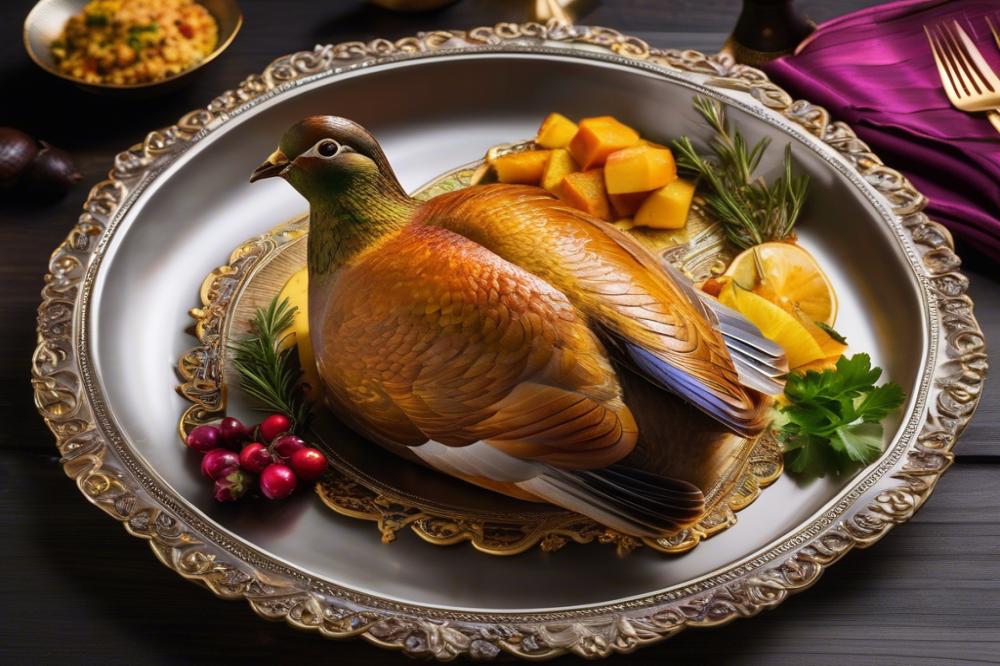Hamam Mahshi: An Egyptian Culinary Treasure
Middle Eastern cuisine holds a special place for dishes that connect people to their cultural roots. One such dish is Hamam Mahshi, a traditional Egyptian meal featuring a savory stuffing and tender pigeon. This meal represents more than just food; it reflects a rich history of flavors and cooking techniques passed down through generations.
Pigeon is not merely a protein source in many Middle Eastern cultures. It symbolizes hospitality and is often used in festive meals and special occasions. When prepared correctly, stuffed pigeon can become the centerpiece of a celebratory table. Families gather together to enjoy this dish during holidays and gatherings, showcasing its significance and the skills involved in making it.
Enjoying a pigeon recipe like Hamam Mahshi often requires meticulous culinary techniques. For many cooks, creating the perfect stuffing and knowing how to roast the pigeon are essential cooking tips to master. The aroma of this dish wafts through homes, enchanting all who smell it. Through its flavors and presentation, the stuffed pigeon recipe remains a testament to the artistry found in Egyptian food.
What is Hamam Mahshi?
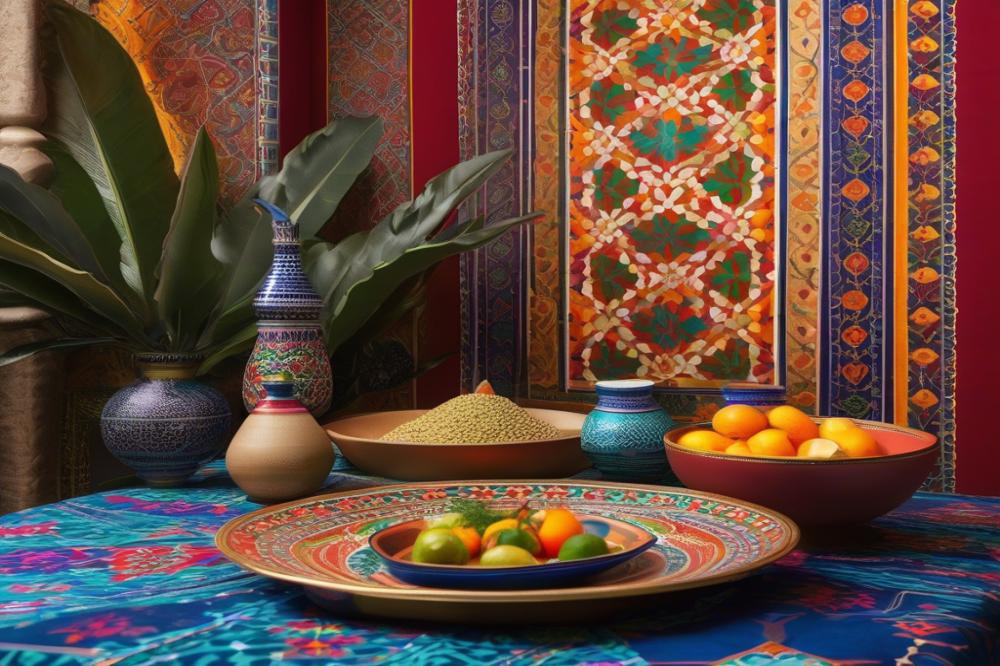
This delightful dish consists of pigeon that is stuffed with a savory filling. Traditionally, rice, spices, and sometimes nuts are used for the stuffing. Known for its rich flavor and tender meat, this pigeon recipe is a staple in Egyptian food. Each family may have its own variation of the Hamam recipe, showcasing different culinary techniques. The process of stuffing and cooking pigeon often highlights the art of slow cooking, which allows the flavors to meld beautifully.
The significance of this dish in Egyptian culture is profound. Historically, it has been served during festive meals and special gatherings. For centuries, Hamam Mahshi has been enjoyed by families as part of their celebrations. It symbolizes hospitality and tradition, bringing friends and loved ones together around the table. Sharing this dish is a way to connect with one’s heritage and pass down recipes through generations.
When comparing it to other Middle Eastern stuffed dishes, such as dolmas or kibbeh, Hamam Mahshi stands out. Each region has its own version of stuffing, whether it’s grape leaves in dolmas or meat in kibbeh. In contrast, the pigeon recipe emphasizes the delicacy of pigeon meat itself. While other dishes often rely on vegetables or ground meats, Hamam Mahshi offers a unique experience of whole bird preparation. This difference adds to the diversity found in Middle Eastern cuisine.
Ingredients List and Quantities
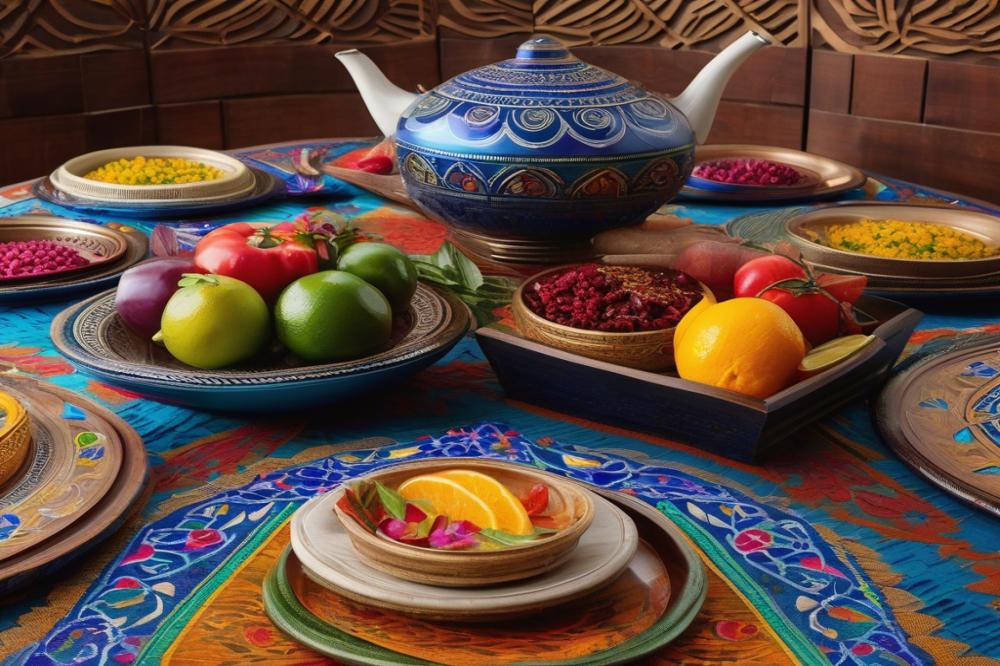
For a delightful experience with this pigeon recipe, gather the following ingredients:
- Pigeons: 4 medium-sized
- Rice: 1 cup
- Ground meat (beef or lamb): 250 grams
- Onion: 1 large, finely chopped
- Pine nuts: 50 grams
- Raisins: 50 grams
- Spices (cinnamon, allspice, salt, pepper): to taste
- Olive oil: 3 tablespoons
- Fresh herbs (parsley, cilantro): 1/4 cup, chopped
- Water or chicken broth: 2 cups
Nutritional Information
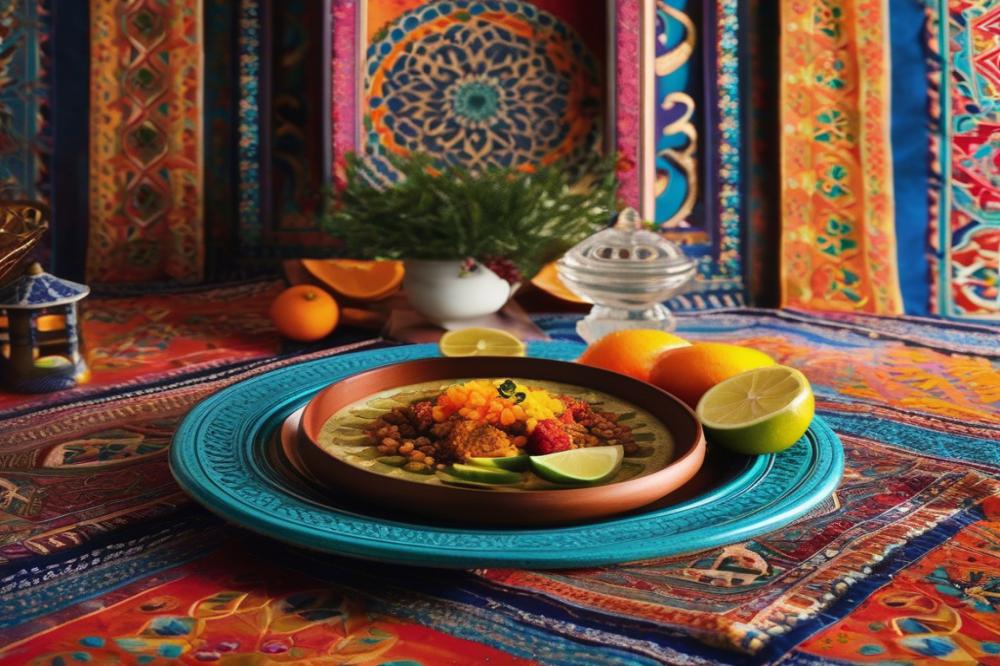
Understanding the nutritional value of each element helps appreciate the dish more effectively. Here is the breakdown:
- Pigeons provide protein and essential nutrients.
- Rice adds carbohydrates, serving as a primary energy source.
- Ground meat offers a rich source of protein and fats.
- Onion contributes to flavor and has health benefits.
- Pine nuts deliver healthy fats and proteins.
- Raisins offer natural sweetness and vitamins.
- Spices not only enhance flavor but also have antioxidant properties.
- Fresh herbs add freshness and essential micronutrients.
- Using broth enhances flavor while providing additional nutrients.
Cooking Instructions
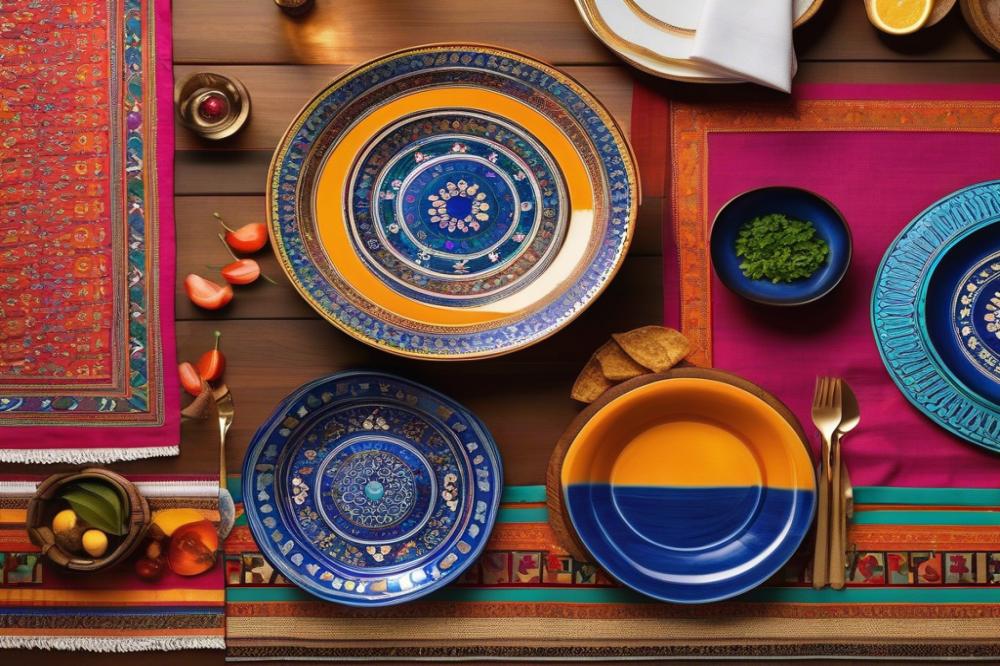
Follow these steps meticulously for a successful stuffed pigeon recipe:
Start by cooking the rice until it is partially done. This helps in achieving the right texture later. In a separate pan, heat the olive oil and sauté the chopped onion until it becomes translucent. Add the ground meat and cook until browned. Incorporate the pine nuts and raisins, mixing well. Season this savory stuffing with spices according to your taste. Stir in the fresh herbs.
Next, carefully stuff each pigeon with this mixture. Take your time to ensure they are well-filled without bursting. You can use kitchen twine or toothpicks to hold them together. Preheat your oven to 180°C (350°F). Place the stuffed pigeons in a baking dish, adding the remaining broth or water to keep them moist during cooking. Cover the dish with foil.
Cook the pigeons for about 1 hour, ensuring they are tender. Remove the foil halfway through to achieve a golden skin. For perfect presentation, serve them on a platter garnished with fresh herbs. This Hamam recipe makes for an impressive dish during festive meals.
Remember, practicing various culinary techniques can significantly enhance the flavors. Try different spice blends or add vegetables to the stuffing for variation. These cooking tips can elevate your Hamam Mahshi experience, making it truly memorable.
Serving Suggestions
Recommended Side Dishes
When serving the stuffed pigeon recipe, consider pairing it with a light salad. Fresh greens with tomatoes and cucumbers can offer a refreshing contrast. For a hearty option, serve rice or bulgur pilaf alongside. Both of these Northern Mediterranean staples complement savory stuffing perfectly. Homemade bread is also an excellent addition. A warm pita or flatbread allows guests to soak up the rich flavors.
Ideal Occasions for Presenting Hamam Mahshi
This dish shines during festive meals and special gatherings. Many families enjoy it during holidays, such as Eid or Thanksgiving. A beautifully plated pigeon recipe can impress at a dinner party, too. Celebrating milestones or hosting a family reunion? It’s an ideal choice for such occasions. Guests will appreciate the effort and the taste of authentic Egyptian food.
Pairing Suggestions with Traditional Beverages
Selecting the right drink can elevate the dining experience. Mint tea is a classic choice and refreshes the palate. Another popular option includes Ayran, a yogurt-based drink that balances the savory elements of the meal. For a sweeter touch, consider serving a traditional lemonade with fresh mint. This combination enhances the flavors of Middle Eastern cuisine remarkably. Enjoying these beverages can make the meal even more memorable.
Cultural Significance of Hamam Mahshi
Family gatherings often highlight one dish: Hamam Mahshi. This pigeon recipe is loved for its rich flavors and tradition. It’s common to see it served during festive meals, especially during holidays or special celebrations. Cooking it brings families together, fostering bonds over delicious food. The aroma wafting from the kitchen invites everyone to the table, capturing hearts and appetites alike.
Variations of the stuffed pigeon recipe exist throughout Egypt and the Middle East. Each region adds its special touch, reflecting local ingredients and tastes. In Cairo, you might taste a blend of spices in the savory stuffing that contrasts with coastal styles. In Alexandria, seafood sometimes plays a role. Such differences reveal the rich tapestry of Middle Eastern cuisine and culture.
Personal stories about Hamam Mahshi enrich its significance. For many, learning the Hamam recipe involves cherished memories. Stories often describe a grandmother’s hands expertly preparing the dish while sharing stories of yesteryear. These moments solidify connections to heritage and family history. Sharing these experiences while feasting creates an atmosphere of love and celebration that extends beyond just the meal.
Iconic in Egyptian food culture, this dish holds a unique place in people’s hearts. Exploring culinary techniques related to Hamam Mahshi can be both fun and rewarding. Cooking tips often come from family members, passed down through generations. Such knowledge helps keep tradition alive, giving each new cook a sense of pride in maintaining cultural roots.
Final Thoughts on Hamam Mahshi
This stuffed pigeon dish holds a special place in many culinary traditions. It reflects the rich flavors and aromas that Middle Eastern cuisine is known for. Families often gather to enjoy this meal during special occasions. Preparing it can feel like a rite of passage, connecting the present with the past.
Trying to make this pigeon recipe at home can be a rewarding experience. The act of cooking it allows you to embrace the techniques and tastes of a culture that has thrived for centuries. Don’t be intimidated by the process; take your time and enjoy every step. Each ingredient comes together to create something truly memorable.
Exploring more traditional recipes can broaden your culinary horizons. Many dishes tell stories of heritage and community. Diving deeper into Middle Eastern cuisine can offer new insights into diverse cooking methods and flavors. So go ahead, gather your loved ones, and create something special in your kitchen today.

